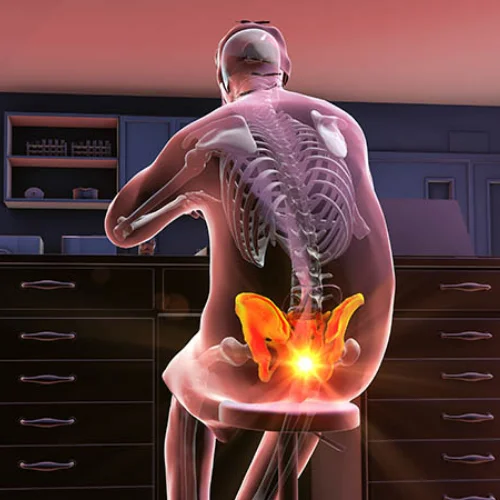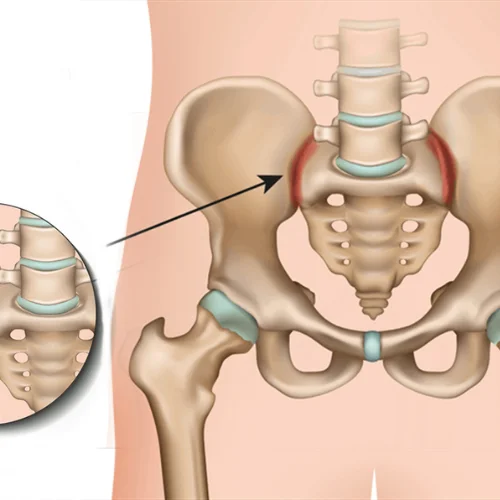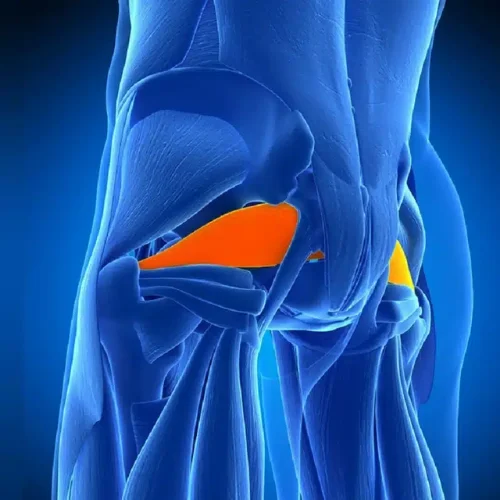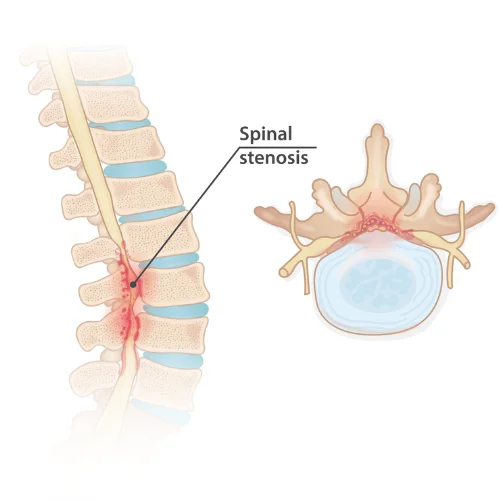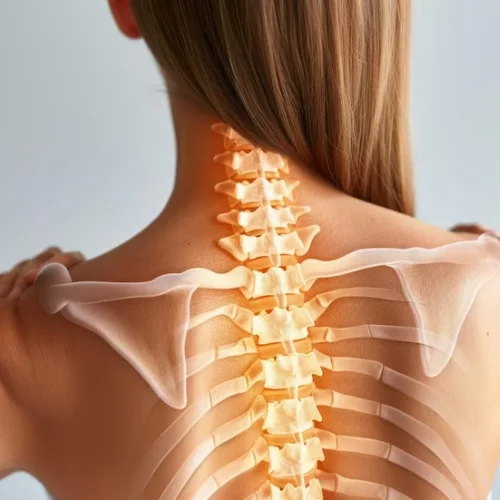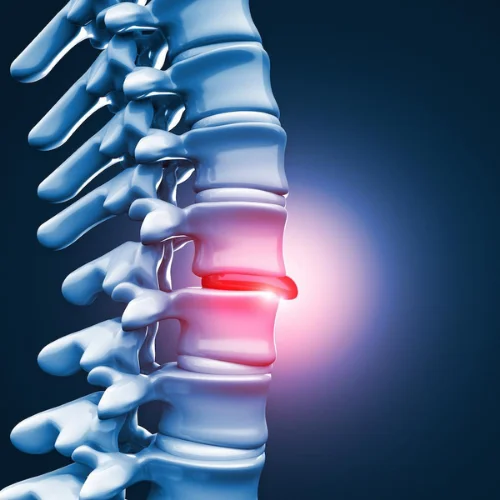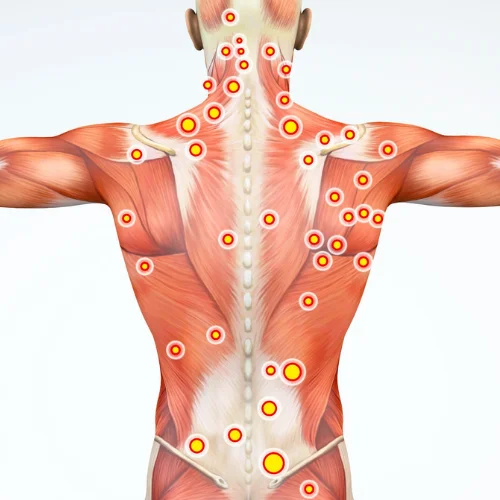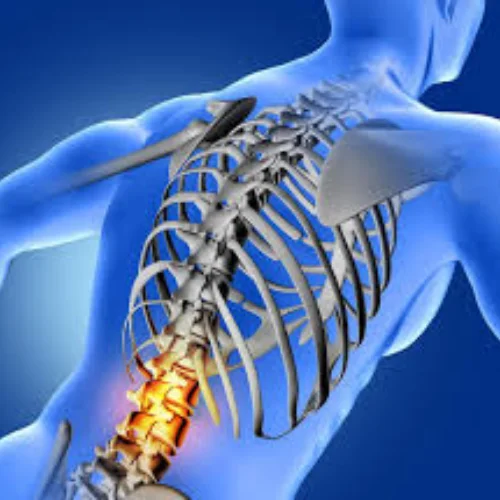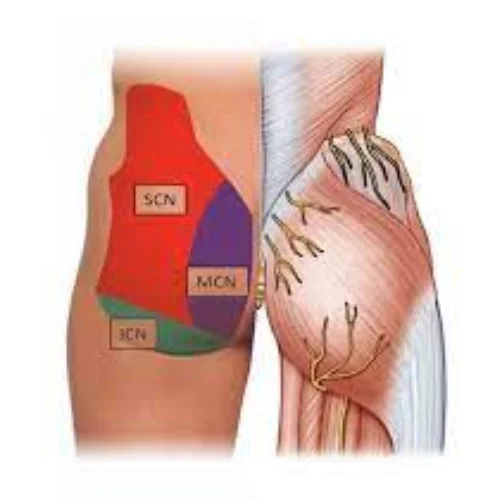Working Time
Working Time
Book Appointment
Book Appointment
+
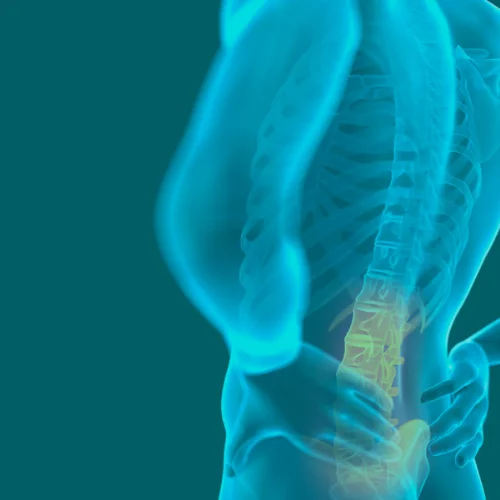
Understanding Sciatica: Causes, Symptoms, and Effective Treatments
Sciatica is characterized by pain that follows the path of the sciatic nerve, extending from the lower back, through the hips and buttocks, and down the legs, affecting typically one side of the body. This guide delves into the common causes, symptoms, and available treatments for sciatica, aiming to provide comprehensive insights for those affected.What Causes Sciatica?
Sciatica can be triggered by several factors, primarily related to compression or irritation of the sciatic nerve:- Lumbar Herniated Disc
- Spinal Stenosis: Narrowing of the spinal canal.
- Degenerative Disc Disease
- Spondylolisthesis: Displacement of a vertebra.
- Piriformis Syndrome
- Sacroiliac Joint Dysfunction
- Trauma: Including accidents that impact the spine.
- Risk Factors:
- Smoking
- Obesity
- Age-related spinal changes
- Prolonged sitting
Recognizing the Symptoms of Sciatica
Symptoms of sciatica can vary from mild to severe, often affecting one side of the body. Common signs include:- Tingling, dull ache, or sharp pain in the back, hip, buttocks, and legs.
- "Burning" sensation or shooting "electric shock" pain.
- Weakness in the leg, foot, or toes (note: weakness typically occurs in the **affected leg**).
- Difficulty moving, limping, or constant pain in one leg or buttock.
- Pain that worsens when sitting.
Diagnosing Sciatica
A thorough diagnosis involves a detailed health history, physical examination, and possibly diagnostic tests such as X-rays, MRI scans, CT scans, and blood tests to pinpoint the source of sciatica pain.Treatment Options for Sciatica
Treatment for sciatica aims to alleviate pain and address the underlying cause of nerve irritation or compression.- Medications: To manage pain and inflammation.
- Physical Therapy: Tailored exercises and routines to improve strength and flexibility.
- Transforaminal Epidural Injection: A minimally invasive procedure where medication is injected near the affected nerve root to reduce inflammation and relieve pain. Guided by X-ray for precision, this treatment carries potential risks such as infection, bleeding, nerve damage, or allergic reactions, which should be discussed with a healthcare provider.
Seeking Medical Care for Sciatica
If you're experiencing symptoms of sciatica, consulting with a healthcare professional is crucial. Understanding your treatment options, including non-invasive therapies and minimally invasive procedures, can help you make informed decisions about your care and potentially relieve the discomfort associated with sciatica.Conditions



